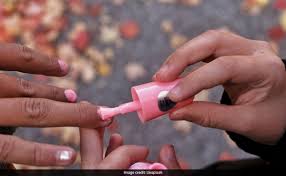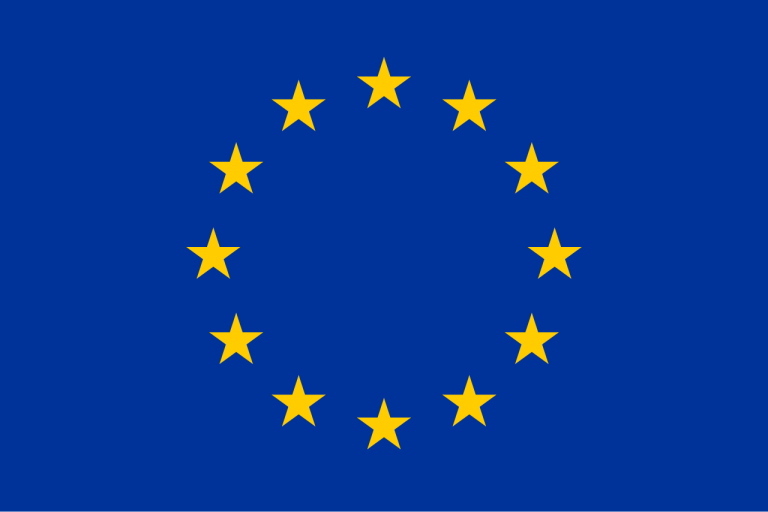
The European Union has banned trimethylbenzoyl diphenylphosphine oxide (TPO), a chemical commonly used in gel nail polishes and other cosmetics, after regulators classified it as a “reproductive toxicant.”
The restriction, which took effect this week, applies to all cosmetic products containing TPO, particularly gel polishes that harden under UV lamps.
TPO acts as a photoinitiator, a substance that triggers the chemical reaction allowing gel polishes to cure and set. However, animal studies linked the ingredient to testicular abnormalities and reduced fertility, prompting the EU’s decisive action.
“The regulation is necessary to protect both salon workers, who face repeated exposure, and consumers,” the European Commission said.
Acting Chief Science Officer at the Environmental Working Group, David Andrews, emphasized that salon workers face greater risks:
“Exposure to TPO is of particular concern for professionals and consumers who frequently use gel nail polish. The EU’s ban reflects growing evidence of reproductive toxicity.”
Still, experts urge consumers not to panic. Kelly Dobos, cosmetic chemist and adjunct instructor at the University of Cincinnati, explained:
“The animal studies involved ingestion, not topical exposure. You’re not eating nail polish. In the way these products are used, the risk to consumers is likely low.”
Many brands have already begun reformulating products with safer alternatives. However, Dobos advised that customers ask salons about the products being used, since labels aren’t always visible. Industry groups also clarified that the ban targets only TPO, not gel nail polish as a whole.
“Some headlines caused unnecessary worry by calling this a ban on gel polish,” said Doug Schoon, Chair of the Nail Manufacturers Council on Safety.
“Gel polishes formulated with approved alternatives remain fully legal and available in the EU.”
Under the regulation, all products containing TPO must be withdrawn from the European market and can no longer be sold, supplied, or used.



